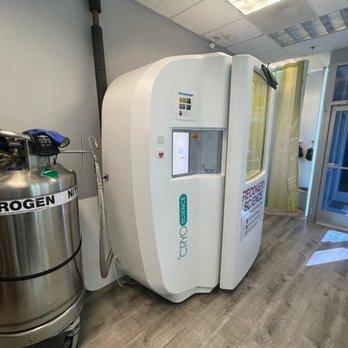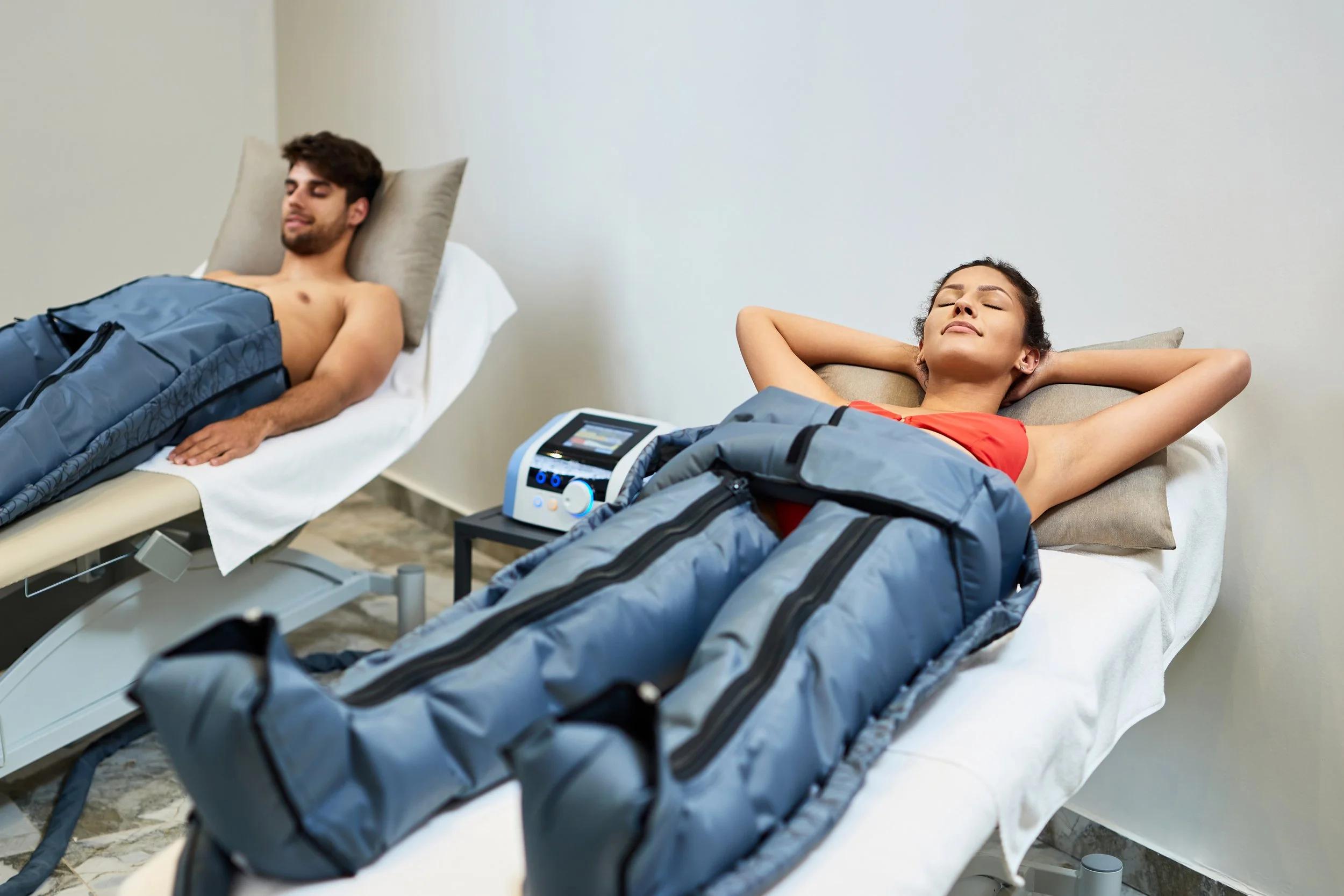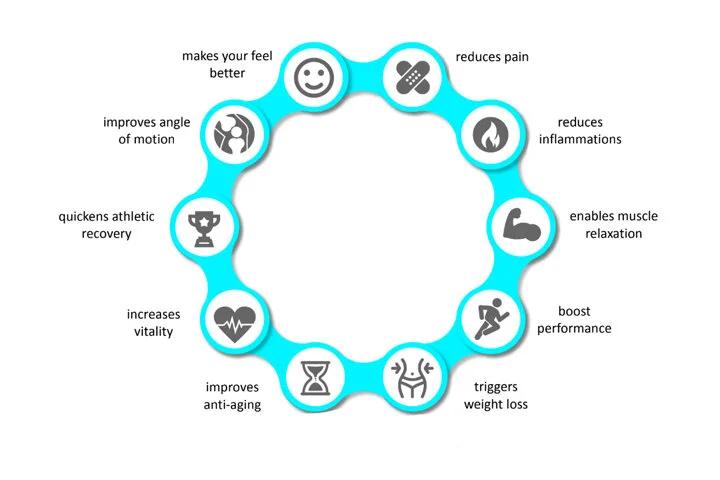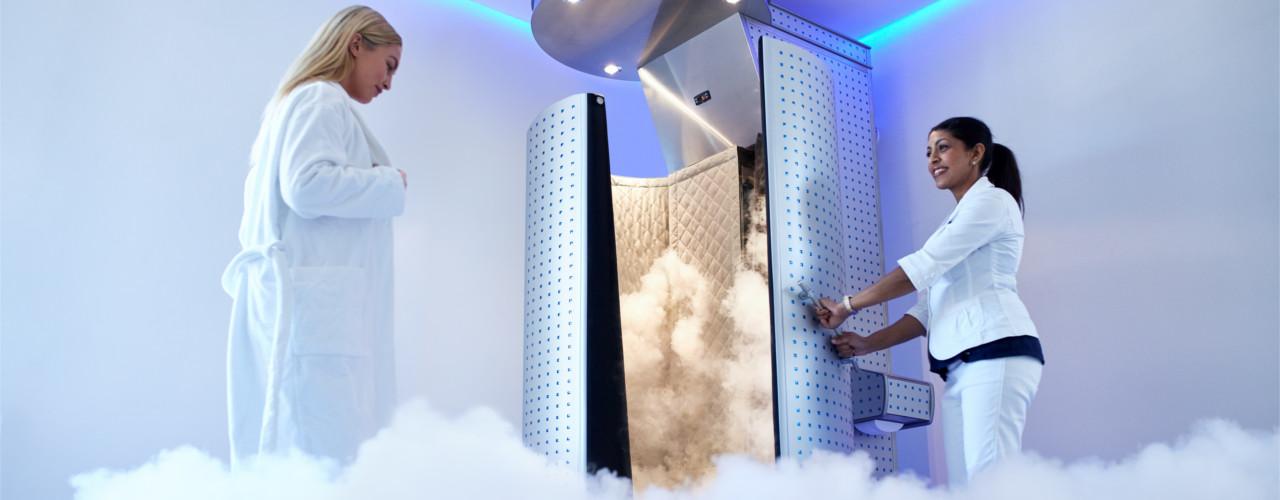In the quest for optimal health and performance, the science of recovery has evolved from simple rest to sophisticated technologies that promise to rejuvenate the body and mind. From the icy embrace of cryotherapy chambers to the gentle glow of red light therapy, these innovations are reshaping how we heal, recharge, and push our limits. This article delves into the cutting-edge methods that define modern recovery, exploring the evidence behind their benefits and what lies beyond the horizon in the ever-expanding world of regenerative science.
Table of Contents
- The Mechanisms Behind Cryotherapy and Its Impact on Muscle Healing
- Exploring Red Light Therapy and Cellular Regeneration
- Integrating Traditional and Emerging Recovery Techniques for Optimal Results
- Personalizing Recovery Protocols Based on Science and Lifestyle Factors
- Practical Tips for Safely Incorporating Cryo and Red Light into Your Wellness Routine
- In Retrospect

The Mechanisms Behind Cryotherapy and Its Impact on Muscle Healing
At its core, cryotherapy leverages extreme cold to initiate a cascade of physiological responses that accelerate muscle healing. When exposed to subzero temperatures, blood vessels constrict-a process known as vasoconstriction. This temporary tightening reduces blood flow to the affected area, which helps minimize swelling and inflammation, two key impediments to rapid recovery.
Once the cold stimulus is removed, a rebound effect occurs: vasodilation floods the tissues with fresh, oxygen-rich blood and essential nutrients. This dynamic shift not only flushes out metabolic waste like lactic acid but also delivers vital compounds that support cellular repair and regeneration. The rhythmic contraction and relaxation of blood vessels act like a natural pump, promoting efficient healing on a cellular level.
- Reduction of inflammation: Limits secondary tissue damage and pain.
- Neurological effects: Numbs nerve endings, providing analgesia and reducing muscle spasms.
- Metabolic slowdown: Decreases cellular activity, reducing oxygen demand and preventing further injury.
| Mechanism | Effect on Muscle Healing |
|---|---|
| Vasoconstriction | Decreases swelling and limits inflammatory response |
| Vasodilation | Enhances nutrient delivery and waste removal |
| Reduced nerve conduction | Alleviates pain and muscle spasms |

Exploring Red Light Therapy and Cellular Regeneration
Red light therapy, often dubbed as a breakthrough in wellness technology, taps into the power of specific wavelengths of light to stimulate cellular activity deep within the skin. Unlike ultraviolet rays, red light penetrates the layers without causing harm, gently energizing mitochondria-the cellular “powerhouses”-to produce more adenosine triphosphate (ATP). This surge in ATP enhances cellular repair, promotes collagen synthesis, and accelerates tissue regeneration.
At the heart of this therapy lies a fascinating biological process: photobiomodulation. By activating cytochrome c oxidase, an enzyme critical to energy production, red light therapy helps reverse oxidative stress and inflammation, two key factors that hinder recovery. This makes it particularly effective for athletes, chronic pain sufferers, and those seeking faster healing post-injury or surgery.
- Improved circulation: Enhanced blood flow delivers oxygen and nutrients more efficiently.
- Reduced inflammation: Lower levels of pro-inflammatory cytokines help soothe tissues.
- Boosted collagen production: Supports skin elasticity and wound healing.
| Wavelength Range | Primary Benefit | Typical Session Duration |
|---|---|---|
| 630-670 nm | Skin rejuvenation | 10-15 minutes |
| 810-850 nm | Deep tissue repair | 15-20 minutes |
| 880-900 nm | Muscle recovery | 20-25 minutes |
Integrating Traditional and Emerging Recovery Techniques for Optimal Results
Recovery science has evolved beyond singular approaches, embracing a blend of time-honored methods and cutting-edge technologies to accelerate healing and enhance performance. By combining the wisdom of traditional techniques such as massage therapy, hydrotherapy, and active rest with emerging modalities like cryotherapy and red light therapy, athletes and wellness enthusiasts can craft a personalized recovery protocol that addresses multiple facets of cellular repair and inflammation reduction.
Traditional therapies serve as the foundation, promoting circulation, flexibility, and mental relaxation. Hydrotherapy’s alternating hot and cold immersion, for example, stimulates vascular function, while massage therapy targets muscle knots and fascia tension. Meanwhile, emerging technologies bring precision and innovation: cryotherapy rapidly reduces inflammation through controlled cold exposure, and red light therapy enhances mitochondrial function by delivering specific wavelengths of light that boost cellular energy production.
Integrating these methods requires thoughtful timing and sequencing. For instance, a session might begin with dynamic stretching and massage to prepare muscles, followed by a brief cryotherapy exposure to quench acute inflammation. Later, red light therapy can be applied to accelerate tissue repair during the recovery phase. This orchestrated approach not only maximizes benefits but also minimizes downtime, allowing for quicker returns to peak performance.
- Massage Therapy: Enhances blood flow and reduces muscle tension
- Cryotherapy: Accelerates inflammation control and pain relief
- Red Light Therapy: Stimulates cellular regeneration and energy
- Active Rest: Maintains mobility and promotes metabolic waste removal
| Recovery Method | Primary Benefit | Best Timing |
|---|---|---|
| Massage Therapy | Muscle relaxation | Pre- or post-activity |
| Cryotherapy | Inflammation reduction | Immediately post-exertion |
| Red Light Therapy | Cellular repair | During rest phases |
| Active Rest | Maintains mobility | Throughout recovery |
Personalizing Recovery Protocols Based on Science and Lifestyle Factors
Recovery is not a one-size-fits-all journey. Each individual’s biology, daily habits, and even environmental factors intertwine to create a unique recovery landscape. To optimize results, protocols must be tailored, combining cutting-edge science with personal lifestyle patterns. This fusion ensures that therapies like cryotherapy, red light treatment, and other modalities are not only effective but also sustainable and enjoyable.
Key considerations in crafting personalized recovery plans include:
- Chronobiology: Aligning treatments with your body’s natural rhythms can amplify healing.
- Activity levels: High-performance athletes may require more aggressive recovery than casual exercisers.
- Nutrition and hydration: Fuel and fluids directly impact tissue repair and inflammation management.
- Stress management: Incorporating mindfulness or relaxation techniques can accelerate physiological recovery.
Consider this table showcasing how recovery modalities can be adjusted based on lifestyle factors:
| Lifestyle Factor | Recommended Protocol Adjustment |
|---|---|
| Early riser with high morning cortisol | Schedule red light therapy post-wake for cortisol regulation |
| Evening workouts | Use cryotherapy within 30 minutes post-exercise to reduce inflammation |
| Chronic stress with disrupted sleep | Incorporate relaxation protocols and avoid late-night light exposure |
| Sedentary lifestyle | Add light movement therapies and gradual cold exposure |
By embracing these personalized tweaks, recovery transforms from a generic routine into a dynamic, science-backed process that respects the rhythms and realities of your life. This approach not only enhances physical restoration but also nurtures mental well-being, empowering you to perform at your best every day.

Practical Tips for Safely Incorporating Cryo and Red Light into Your Wellness Routine
Integrating cryotherapy and red light therapy into your wellness routine requires a mindful approach to maximize benefits while minimizing risks. Start by consulting with a healthcare professional to ensure these modalities complement your individual health profile. Both therapies can be powerful tools, but they are not one-size-fits-all solutions.
When exploring cryotherapy, begin with shorter sessions-typically 2 to 3 minutes-and gradually increase as your body acclimates. Always wear protective clothing on extremities to prevent frostbite, and never ignore discomfort signals. Red light therapy, on the other hand, demands consistency; aim for sessions of 10-20 minutes several times a week to encourage cellular repair and inflammation reduction.
- Hydrate well before and after sessions to support detoxification and tissue recovery.
- Wear appropriate gear during cryotherapy, such as gloves and socks, to protect sensitive skin.
- Maintain a clean environment for red light devices to prevent skin irritation or infection.
- Track your progress and adjust frequency based on how your body responds.
| Therapy | Recommended Session Length | Frequency |
|---|---|---|
| Cryotherapy | 2-3 minutes | 2-3 times per week |
| Red Light Therapy | 10-20 minutes | 3-5 times per week |
In Retrospect
As the science of recovery continues to evolve, the fusion of ancient wisdom and cutting-edge technology offers promising pathways to restore and rejuvenate the body. From the icy embrace of cryotherapy to the gentle glow of red light, each method unveils a unique facet of healing-inviting us to rethink how we nurture ourselves beyond the conventional. While the journey toward optimal recovery is far from one-size-fits-all, embracing these innovations with curiosity and informed caution can empower us to unlock new potential in our pursuit of wellness. In the end, recovery is not just a destination but a dynamic process-one where science and self-care walk hand in hand toward resilience and renewal.

